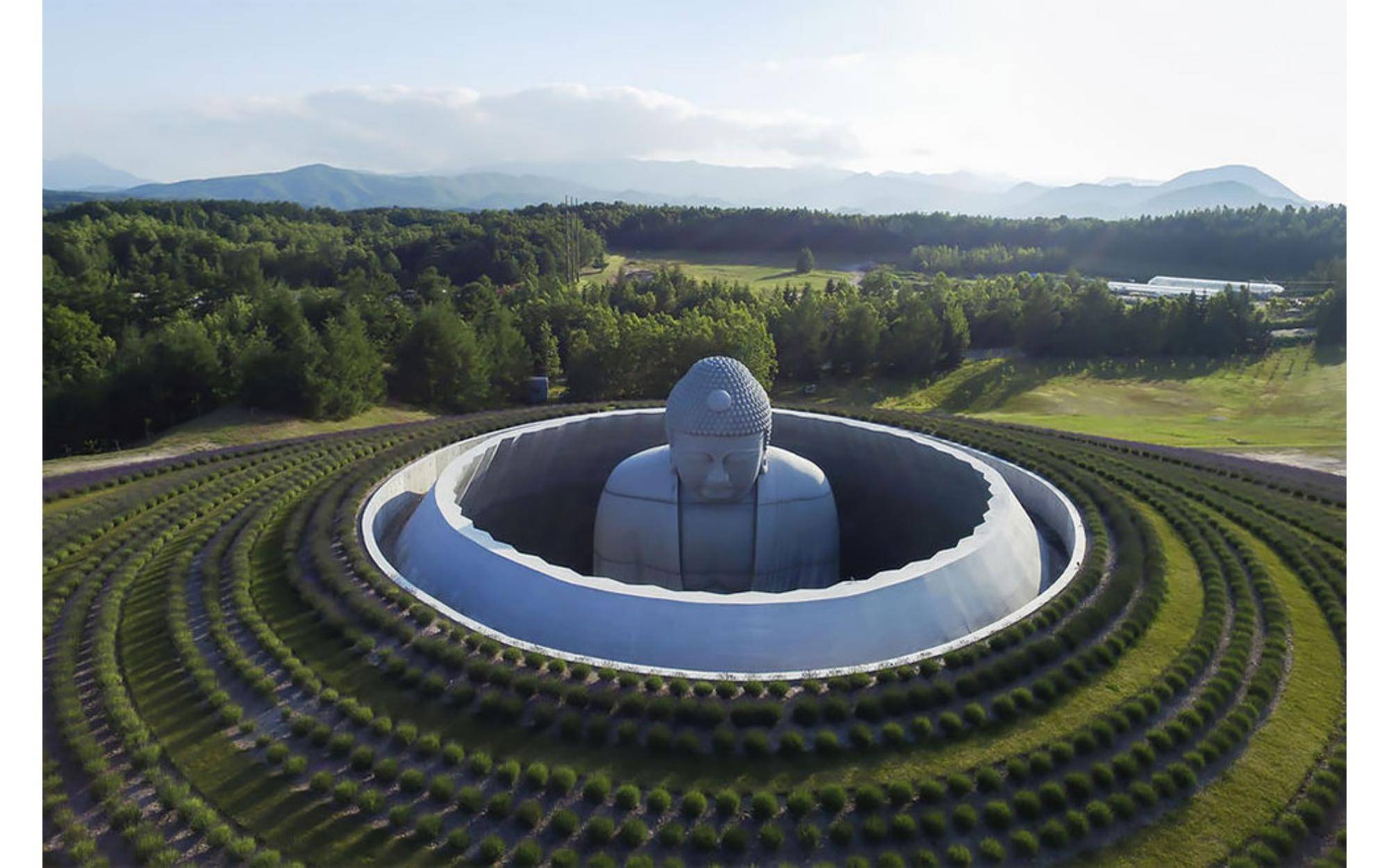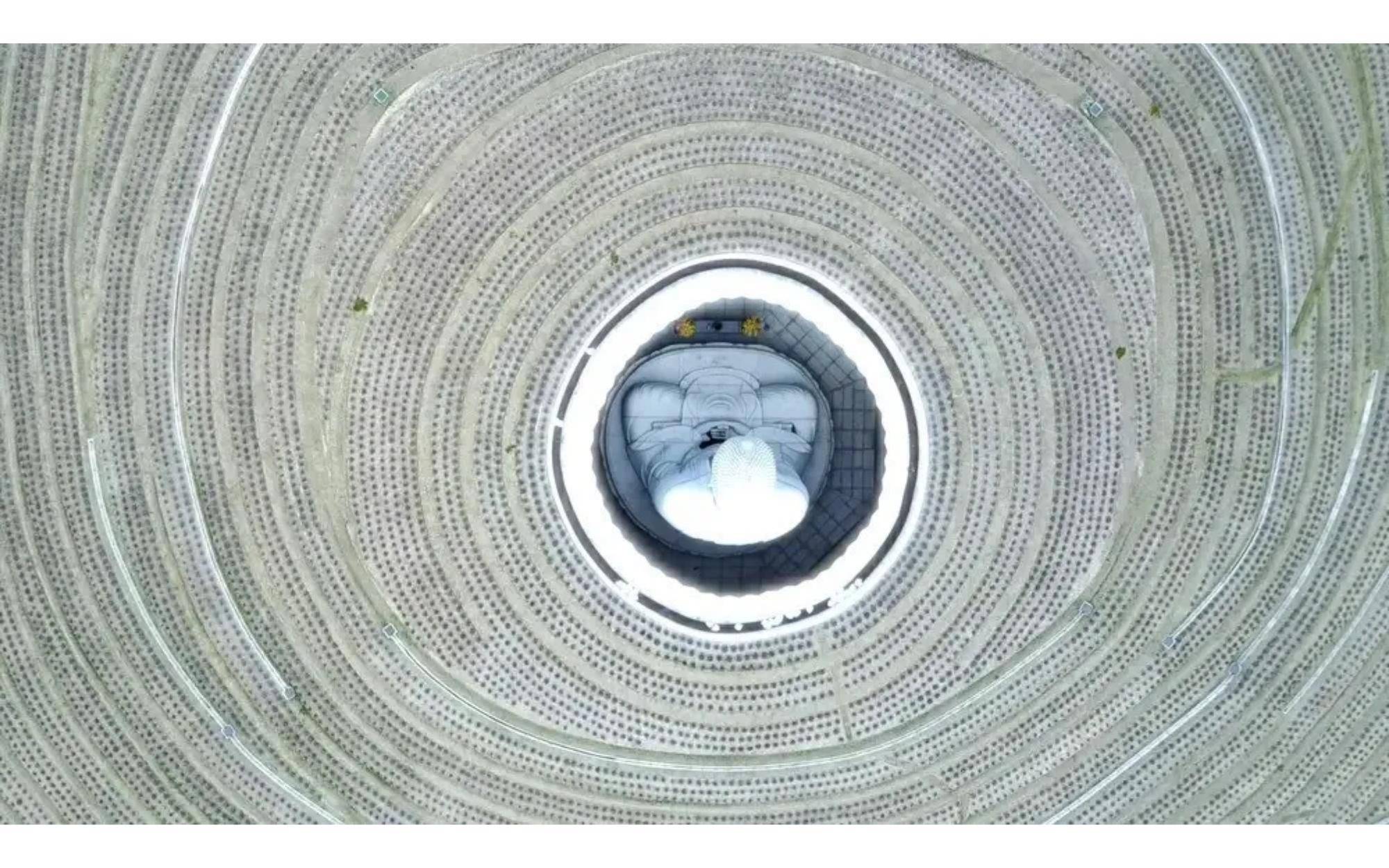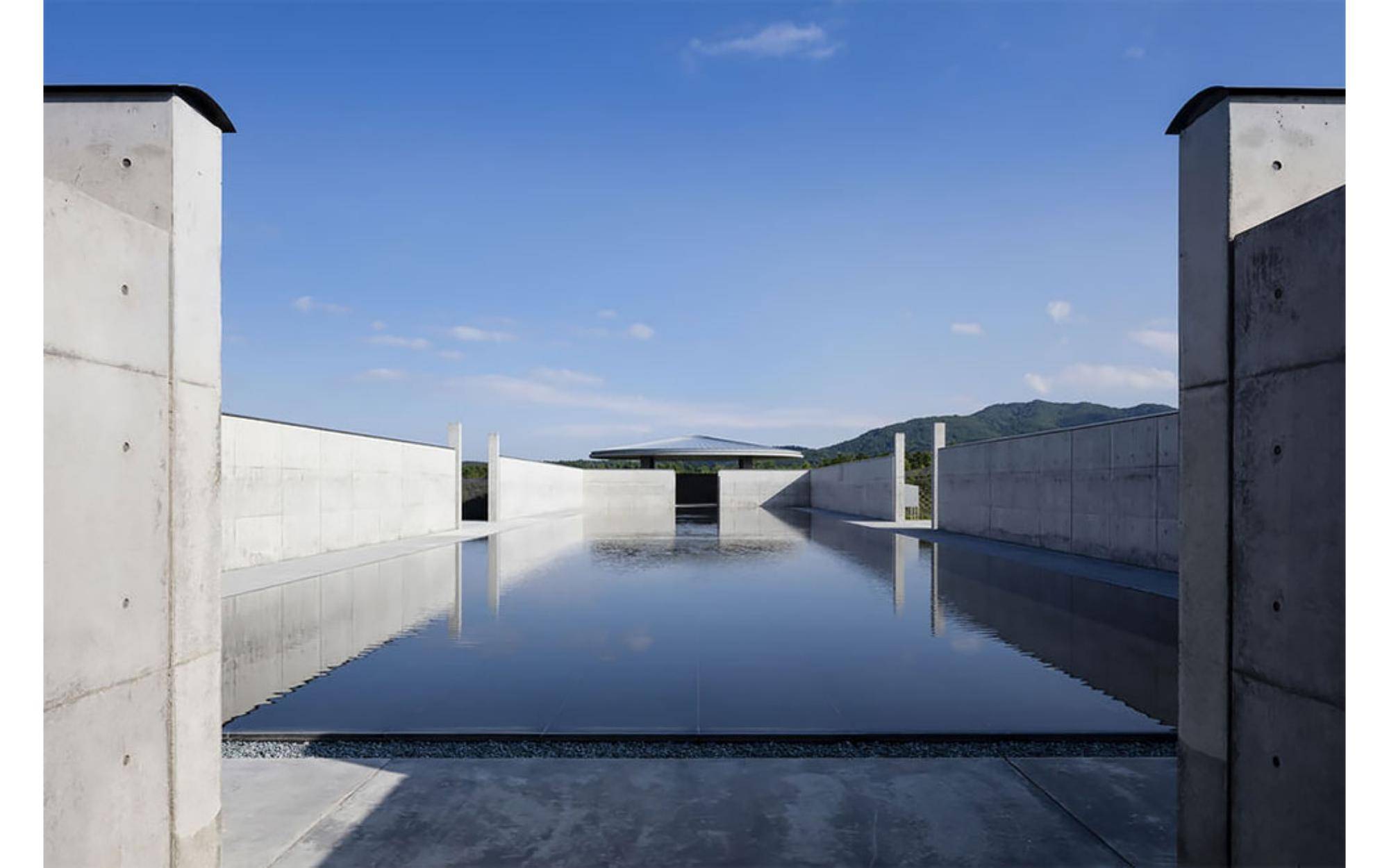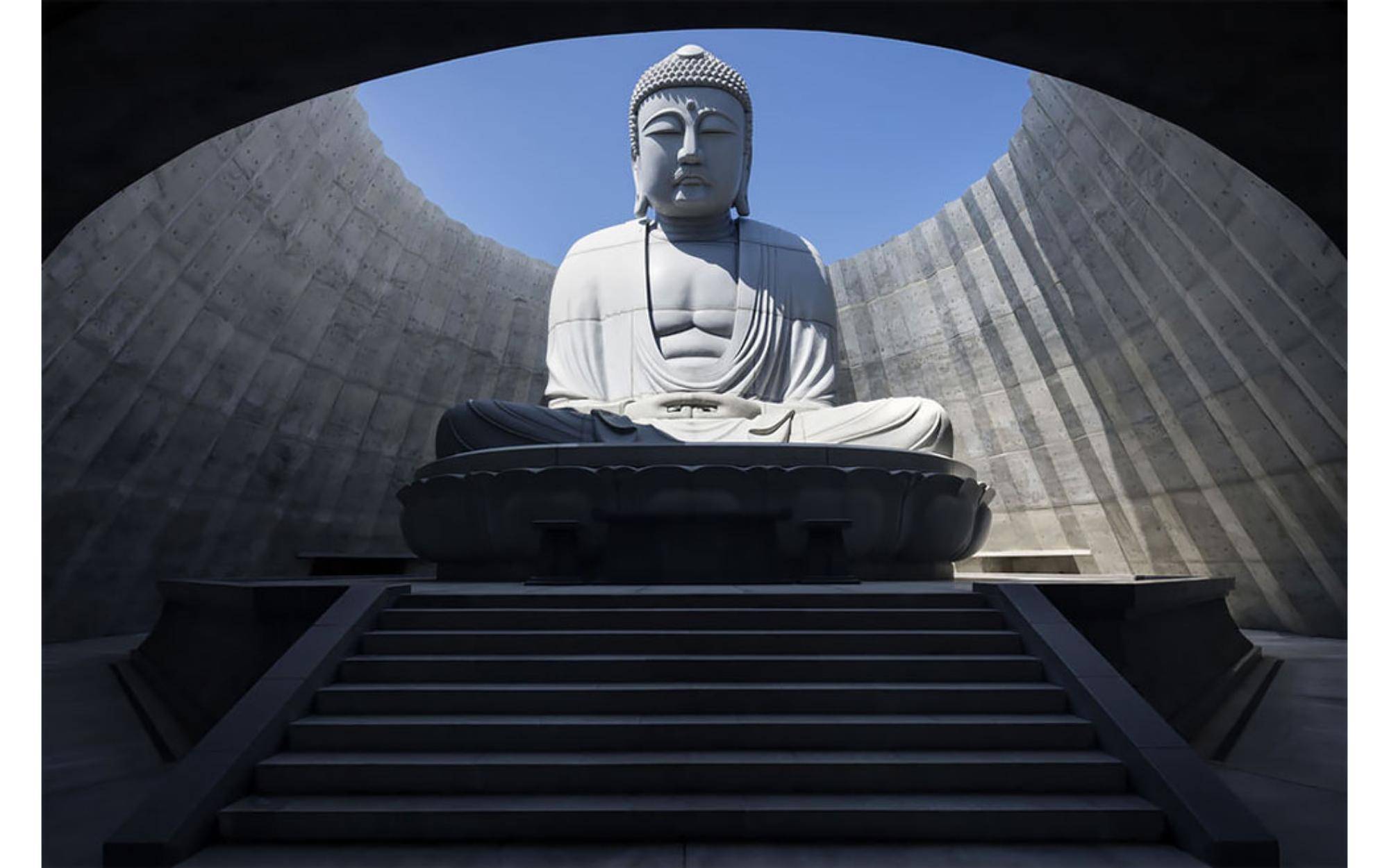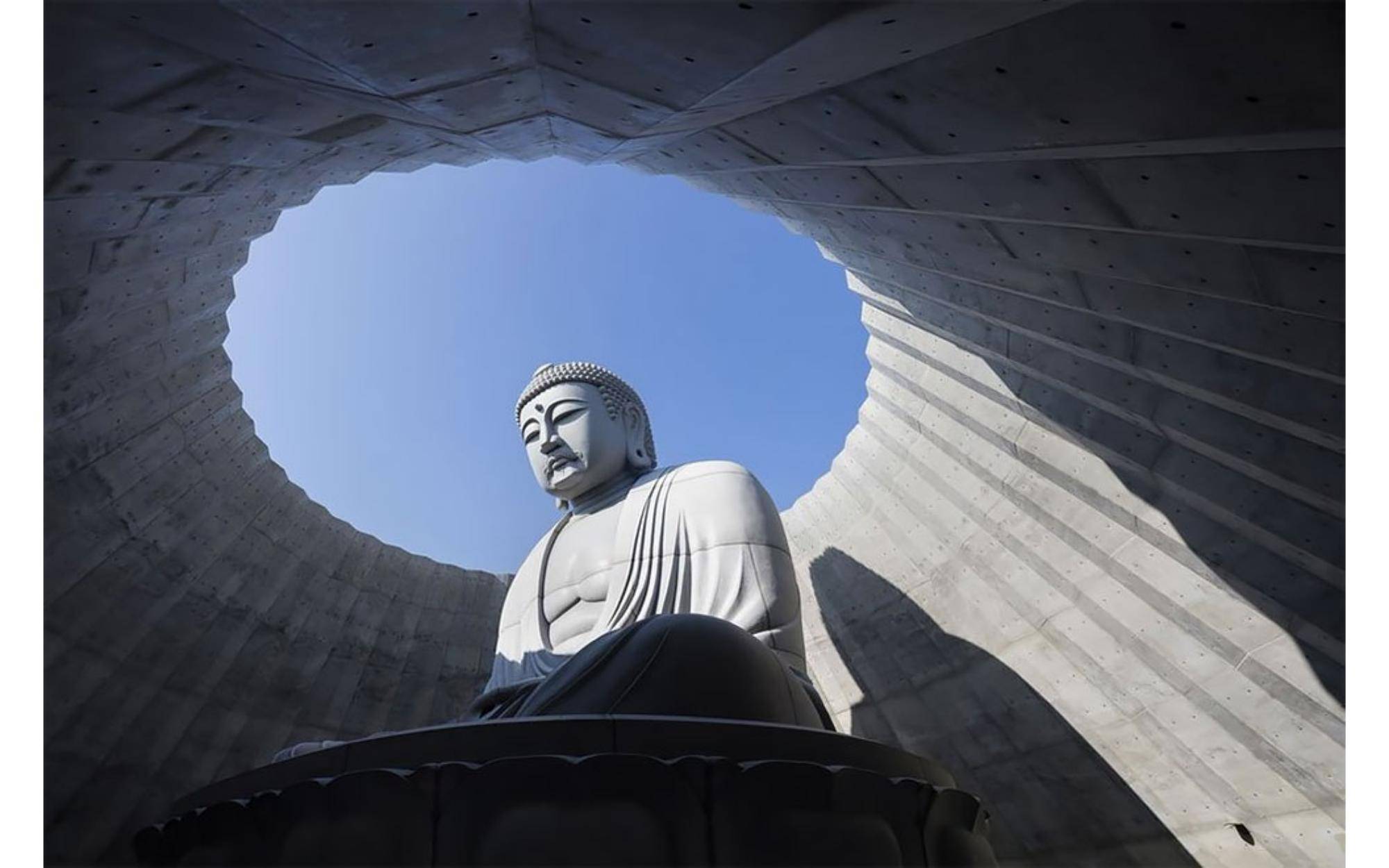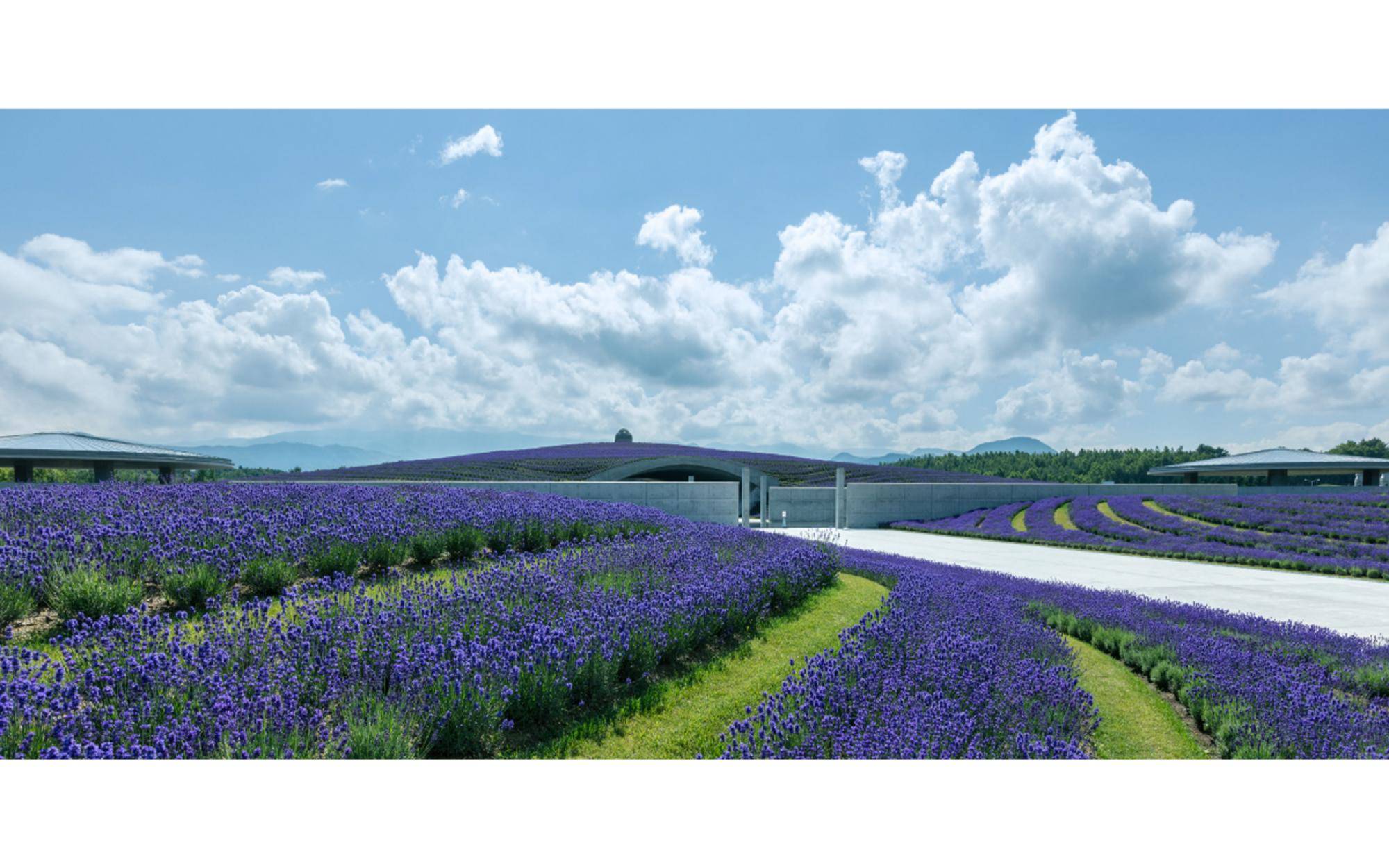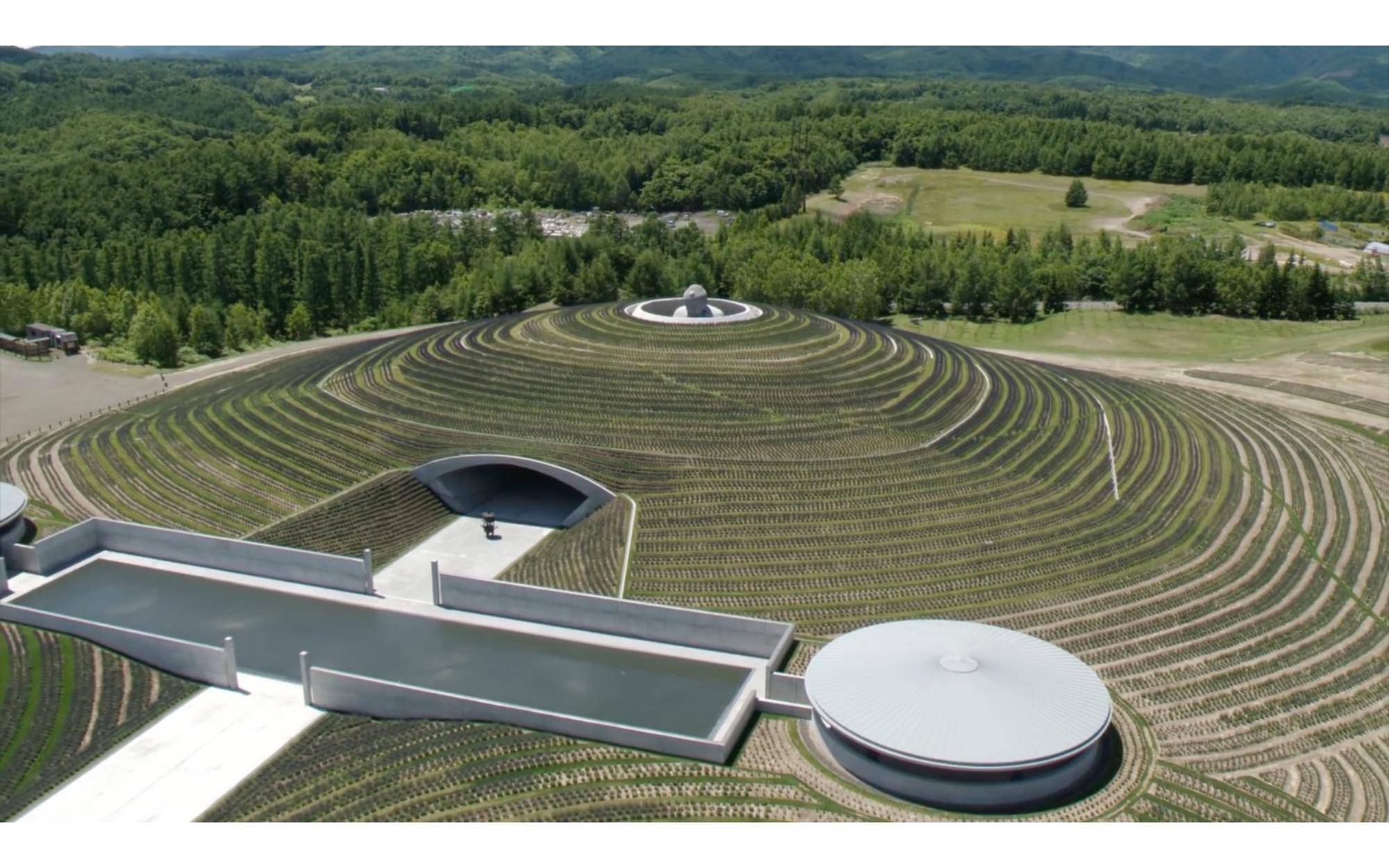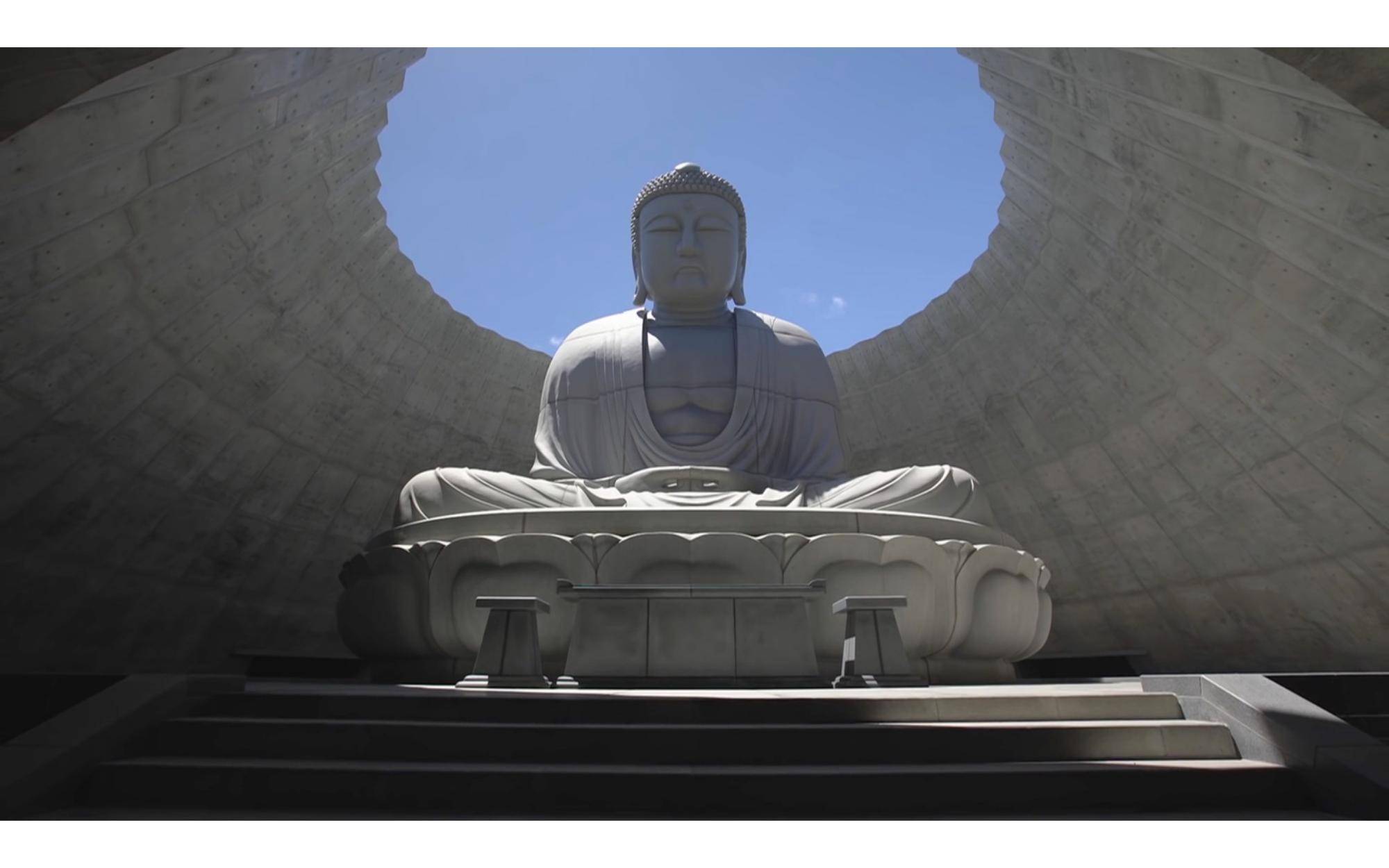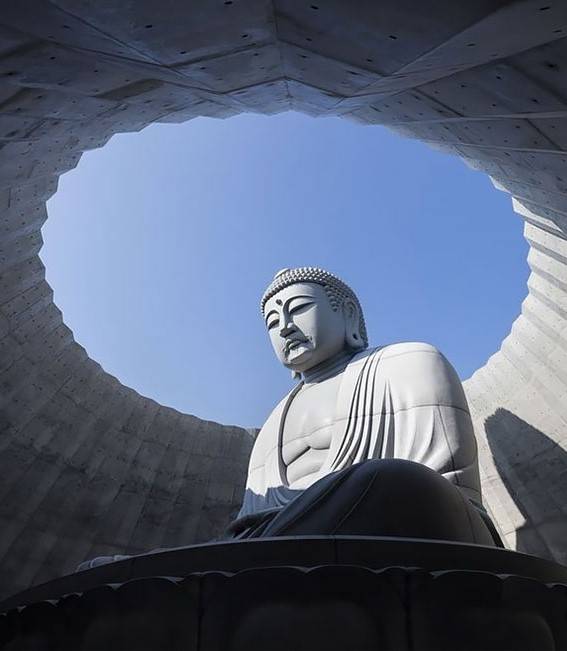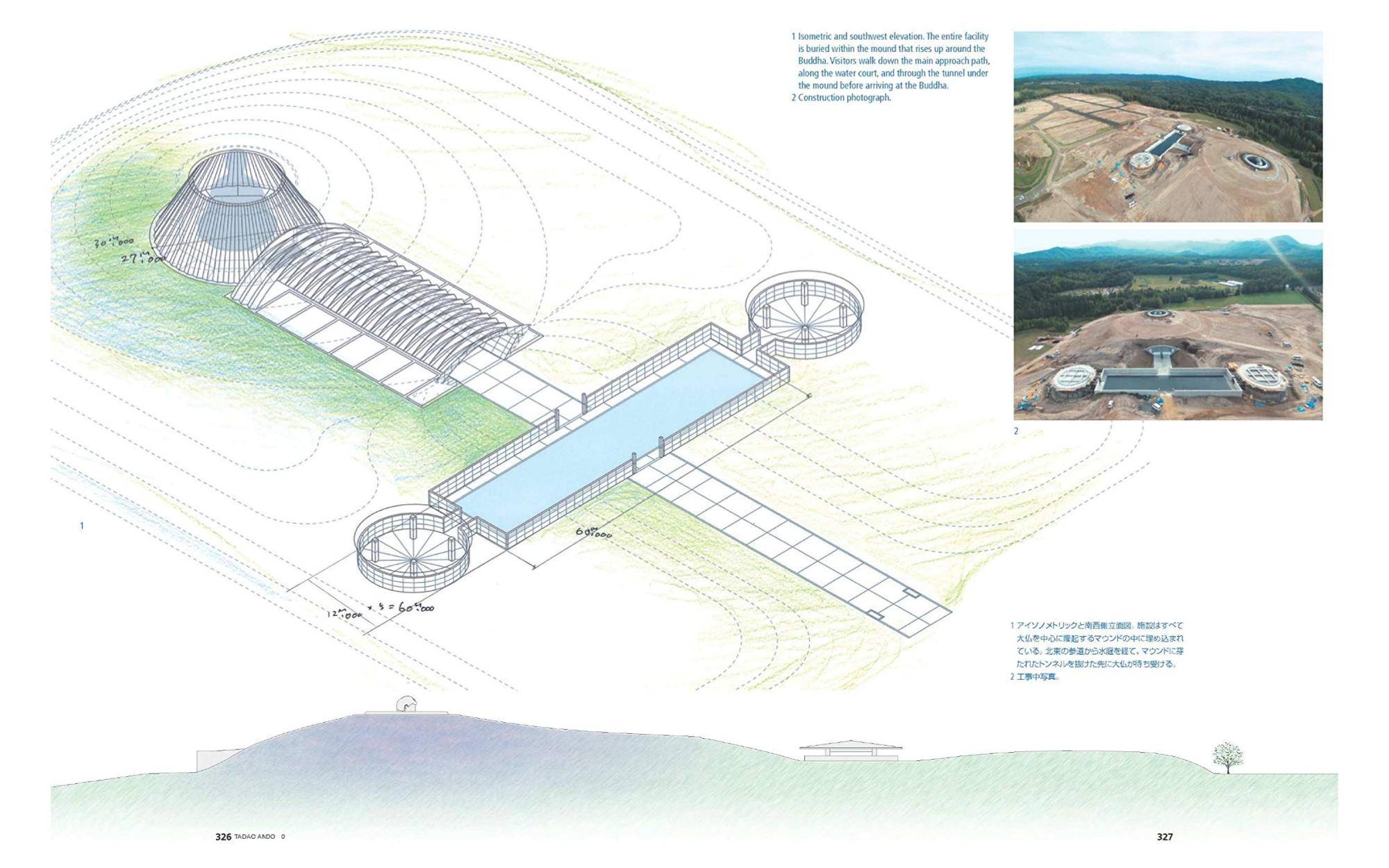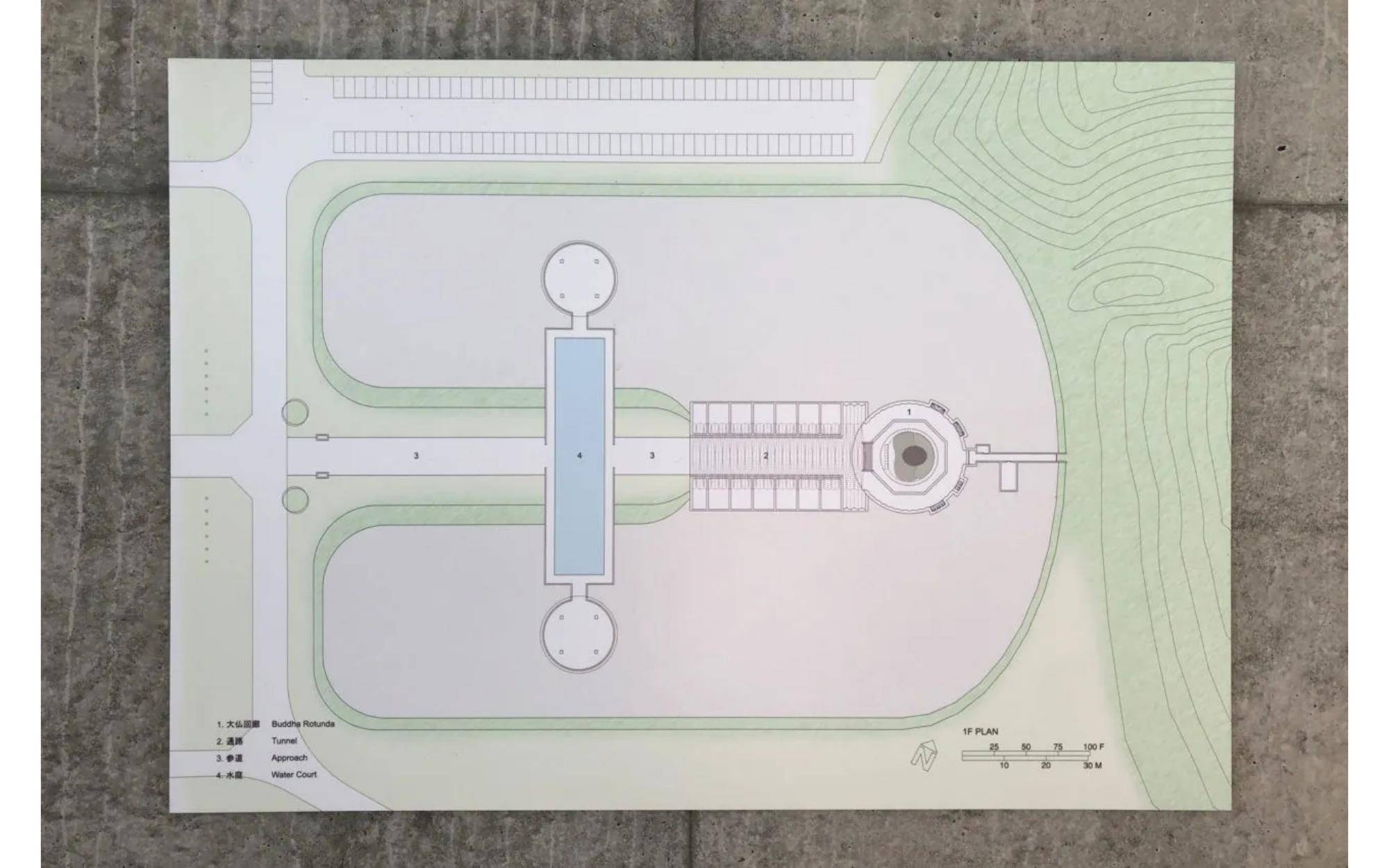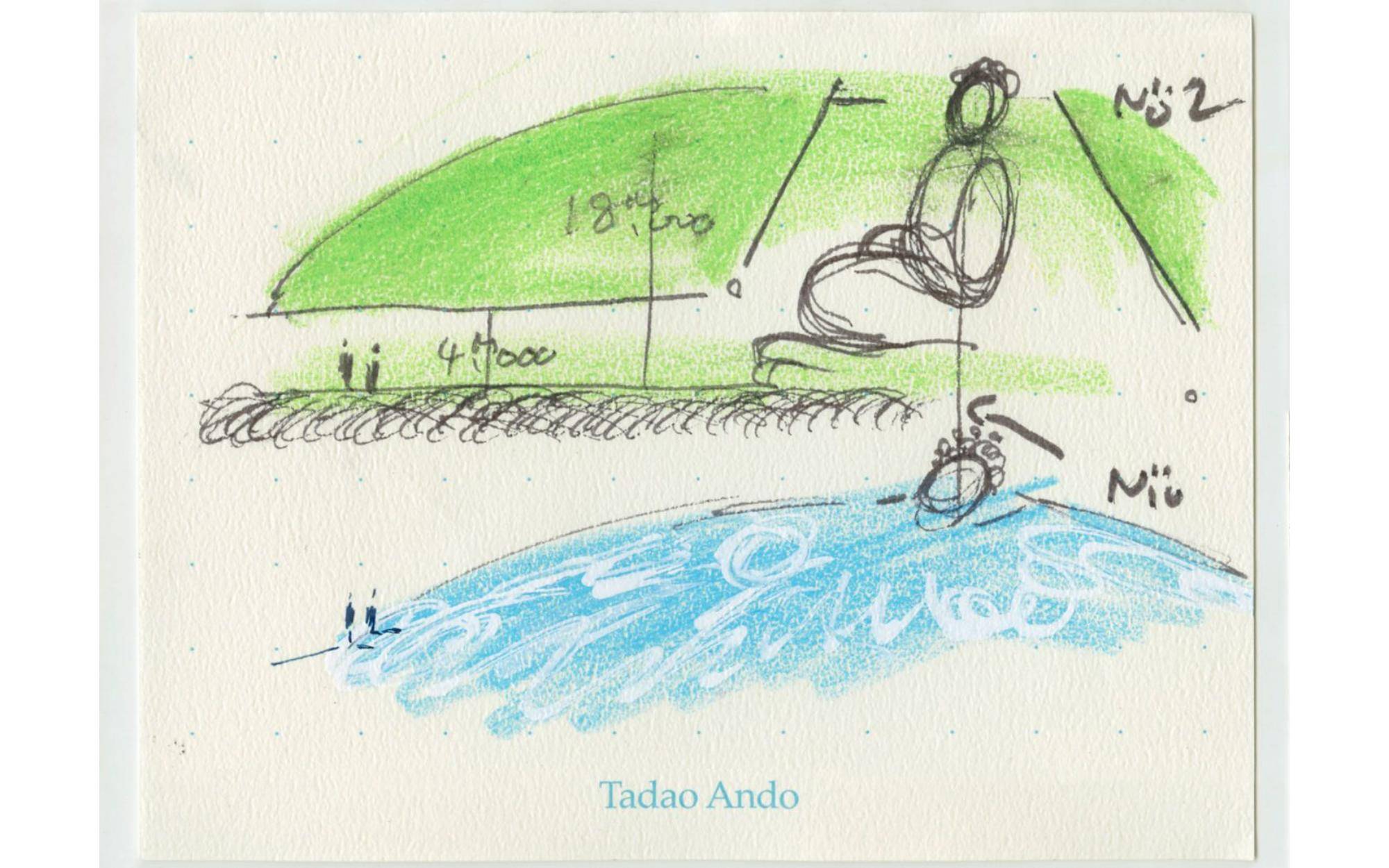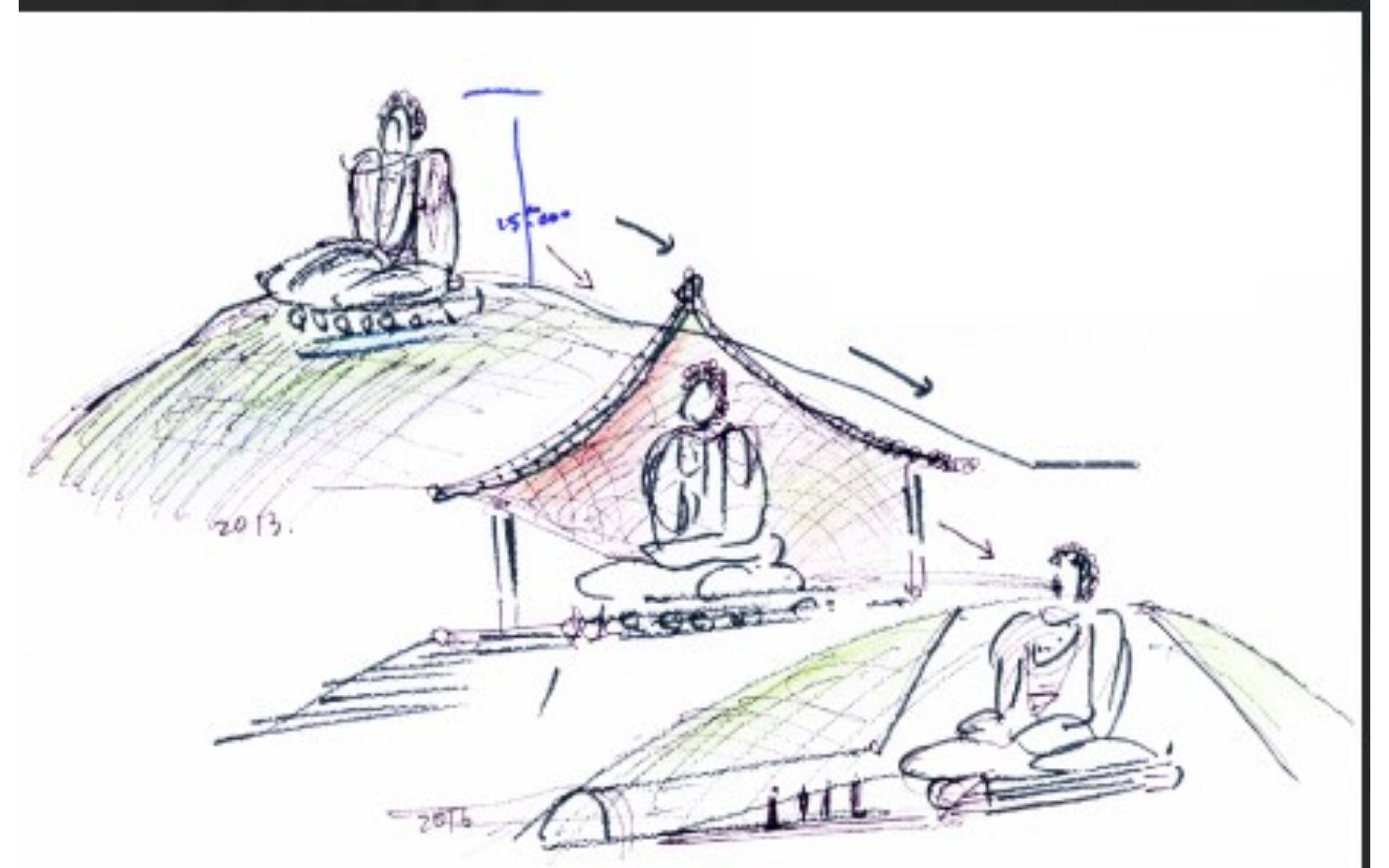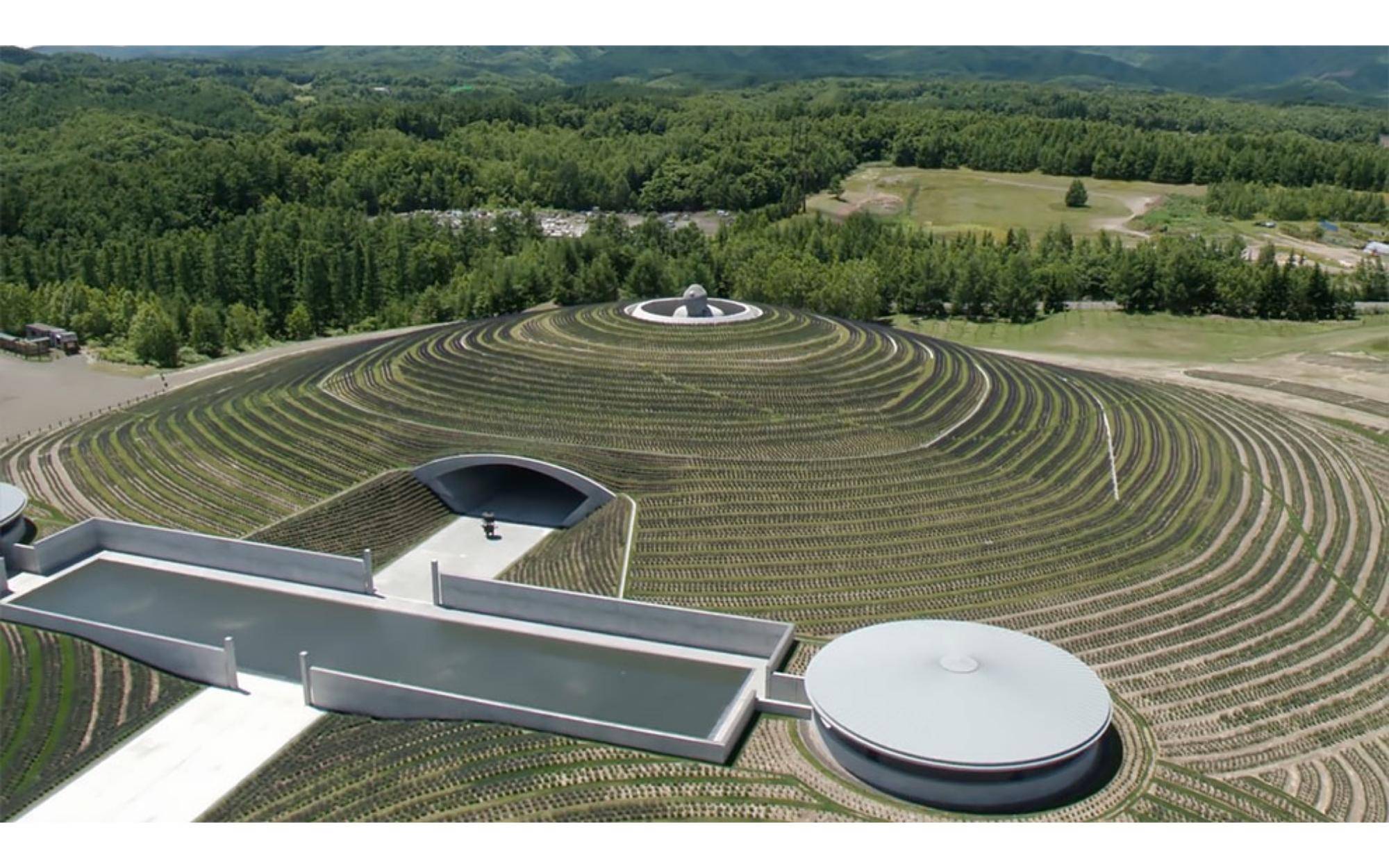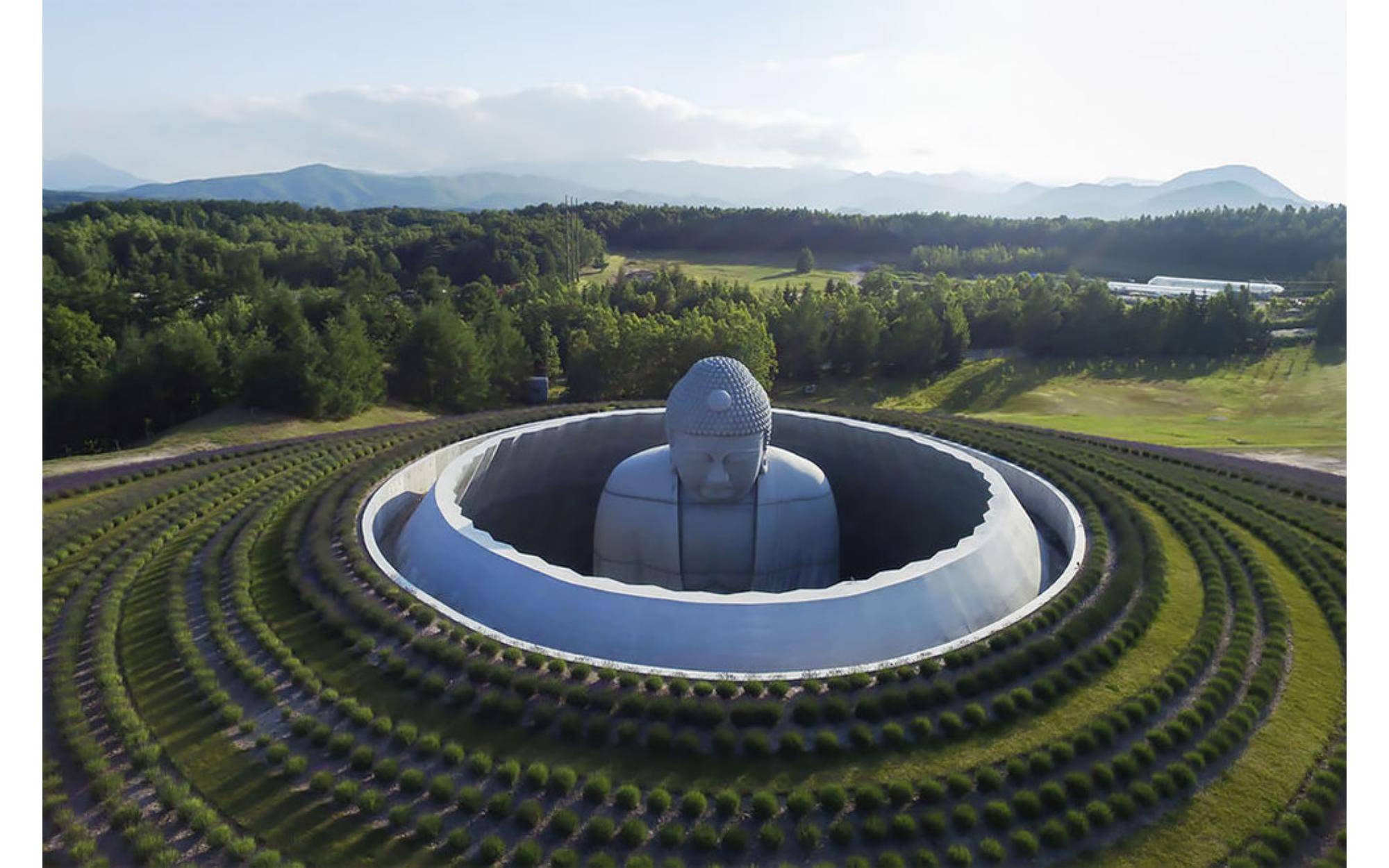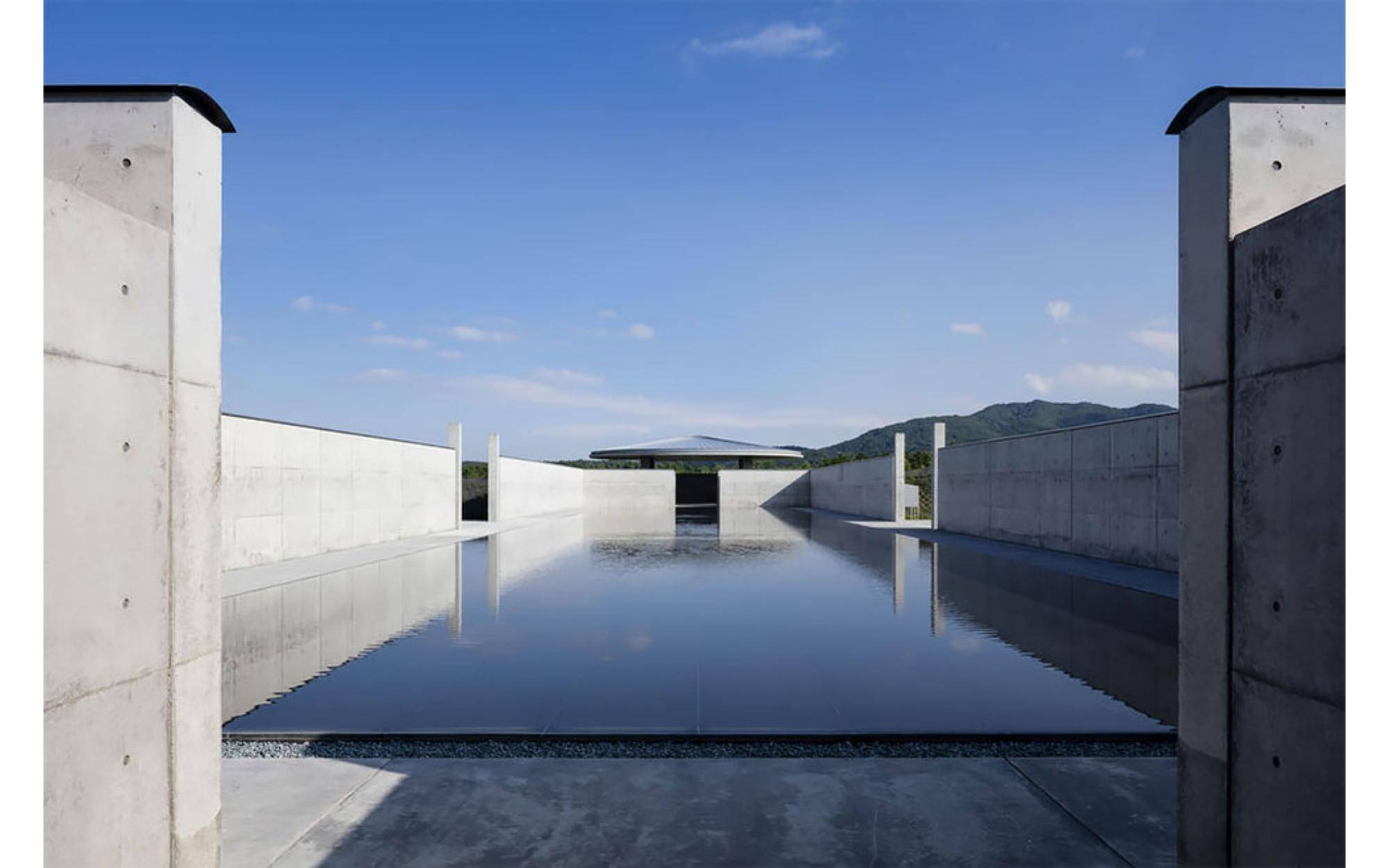The hill of the Buddha – Tadao Ando
The hill of the Buddha – Tadao Ando, Sapporo, Japan
Hill of the Buddha is a Buddhist shrine designed by architect Tadao Ando in makomanai Takino Cemetery in Sapporo, Japan. Since its establishment in 1982, the cemetery is well known for the row of moai megaliths. Although it is a Buddhist shrine, the statue or the place is not associated with the religion. Furthermore, with every step revealing a tiny portion of the figure, it plays on the aspect of mystery. Thus, mounds of lavender fields surround the shrine, with only the head visible from the entrance. Name: Hill of the Buddha (仏の丘 / Hotoke no Oka) Location: Makomanai Takino Cemetery, Sapporo, Hokkaido, Japan Architect: Tadao Ando Completed: 2015 Function: Spiritual and contemplative space, centralizing an existing statue of Buddha within a newly designed landscape and structure.
History
The aim of this project was to build a prayer hall that would enhance the attractiveness of a stone Buddha sculpted 15 years ago. The site is a gently sloping hill on 180 hectares of lush land belonging to a cemetery. The statue is 13.5 metres tall and weighs 1500 tons. It is made of fine, highly selected solid stone. Until now, the Buddha statue has stood alone in the field, giving an unrestful impression. The client wanted to give visitors a more serene appreciation of the Buddha.”
The project, completed in 2015, became known as the "Hill of the Buddha" (頭大仏, Atama Daibutsu). It’s one of Ando’s most spiritually resonant works. Here's how it was designed:
-
Approach and Tunnel
Visitors do not see the full Buddha at first. Instead, they walk along a 40-meter long concrete tunnel that leads underground toward the statue’s base. This passage is quiet, dim, and meditative—intended to prepare the mind for a spiritual encounter. -
Reveal
At the tunnel’s end, visitors emerge into a circular, open-air rotunda. There, the Buddha is revealed in a dramatic and serene way, only the head visible above the circular rim of the earth mound, appearing as if emerging from the land itself. -
Lavender Landscape
The hill surrounding the Buddha is planted with 150,000 lavender plants, which bloom in purple in summer and become a blanket of snow in winter—providing a changing seasonal backdrop and enhancing the symbolism of life, death, and rebirth.
Architecture
Well known as a critical regionalist, Tadao Ando’s works reflected sensitivity towards nature and light while understanding the context of Japan. His buildings, especially the hill of the buddha, appear to be in constant motion through the play of light, making them seem alive through simple elements. For instance, the light through the opening above the sculpture moves with the course of the day. Furthermore, the weather directly influences the appearance of the building, like changing moods. Through clean lines and symmetry, the simplicity of the shrine makes it a more spiritual experience.
Rather than overshadow the statue or move it, Ando chose to partially bury the Buddha within a man-made hill, leaving only the head visible from the outside. This bold move set up a powerful visual and emotional journey: visitors first see just the Buddha’s head emerging from the earth and sky, and only after walking through a 40-meter-long tunnel, they arrive in a circular rotunda to see the full figure revealed beneath a halo of natural light.
Before Ando’s intervention, a 13.5-meter tall stone Buddha statue stood exposed in a flat field. The goal was to transform this isolated figure into a more intimate, spiritual experience, enhancing the contemplative atmosphere and engaging the natural environment.
Key Design Elements
1. Encircling Hill Mound
-
Ando buried the Buddha up to its shoulders in a gently sloping circular hill (approximately 40 meters in diameter).
-
The hill is planted with 150,000 lavender plants, which change color with the seasons—purple in summer, white with snow in winter—adding a sensory layer to the experience.
-
The mound was not just for aesthetics; it was a way to frame the Buddha's head against the sky, shifting attention upward and inward.
2. Tunnel Approach
-
Visitors access the statue through a 40-meter long concrete tunnel, one of Ando’s signature design moves.
-
The tunnel is dark, minimalist, and silent, building a ritualistic sequence—symbolizing transition, introspection, and preparation.
-
At the tunnel’s end, visitors are suddenly greeted with the striking view of the Buddha’s head framed by the sky through the circular opening in the hill.
3. The Oculus / Halo Effect
-
The hill’s circular opening (oculus) acts almost like a modern halo, framing the Buddha’s head against the open sky.
-
This “reveal” is Ando’s architectural version of a spiritual moment: from darkness into light, enclosure to expansion.
-
The framing of the sky changes constantly with weather and season, adding an ephemeral, living quality to the static form of the Buddha.
4. Material and Minimalism
-
Ando used reinforced concrete, consistent with his minimalist aesthetic.
-
The concrete surfaces are smooth and bare, emphasizing form, light, and shadow rather than decoration.
-
The lack of ornament allows visitors to focus on the relationship between architecture, nature, and the sacred.
5. Sound and Silence
-
The tunnel absorbs sound, creating a quiet, meditative space that contrasts with the open, echoing hilltop.
-
The progression through silence to revelation mirrors Buddhist concepts of enlightenment and awakening.
Symbolism and Experience
-
The design reflects Zen Buddhist principles: simplicity, nature, and direct experience.
-
By burying the Buddha, Ando reorients our perception—emphasizing not monumentality, but humility and spiritual depth.
-
The journey to the Buddha becomes a pilgrimage, not just a viewing.
The hill is planted with lavender, which changes with the seasons—lush green in spring, vibrant purple in summer, and snow-covered in winter—blending Ando’s structure with the Hokkaido landscape. The circular form symbolizes eternity and the cosmos, while the tunnel approach creates a meditative transition from the outer world into a sacred space.This project combines Ando’s signature use of concrete, light, and geometric clarity with a sensitivity to spiritual context. It’s not just an architectural shelter but a transformative space designed to deepen the visitor’s contemplation of life, death, and nature.
The Buddhist shrine gives more importance to the feeling of spirituality than ritualistic norms. The purpose was to bring more value to the buddha statue as means of functionality through rituals that associate with more than one faith. Thus, providing a reflective pool at the entrance encourages visitors to walk around the pool, bringing spirituality through relatable rituals. Other rituals include lighting incense sticks, cleansing hands in water, and offering lavender flowers to buddha. The layout of spaces and the large scale of the site are also synonymous with sacral architecture that evokes spirituality.

